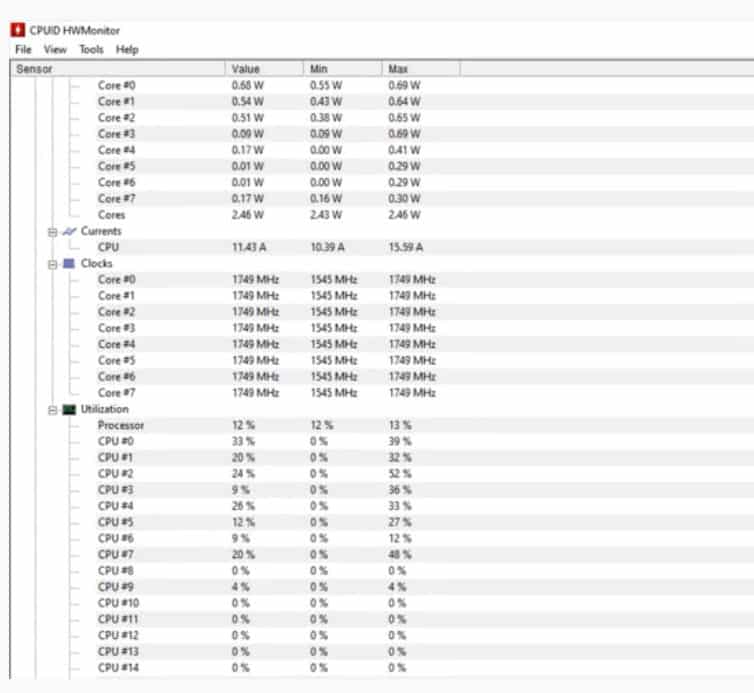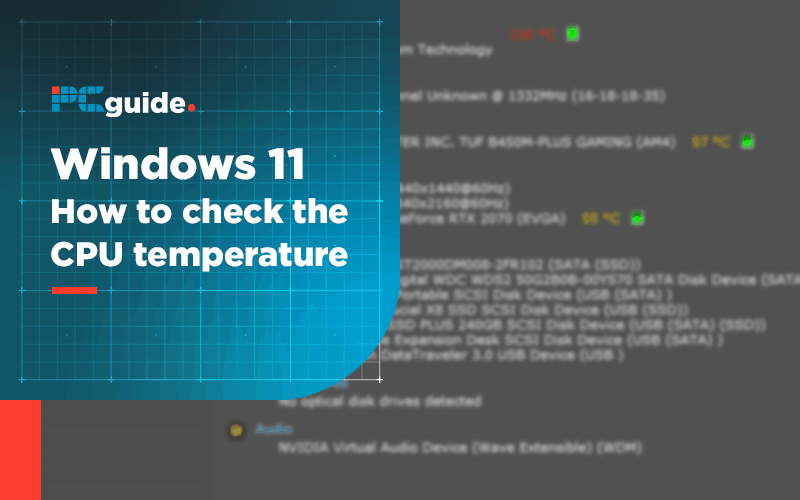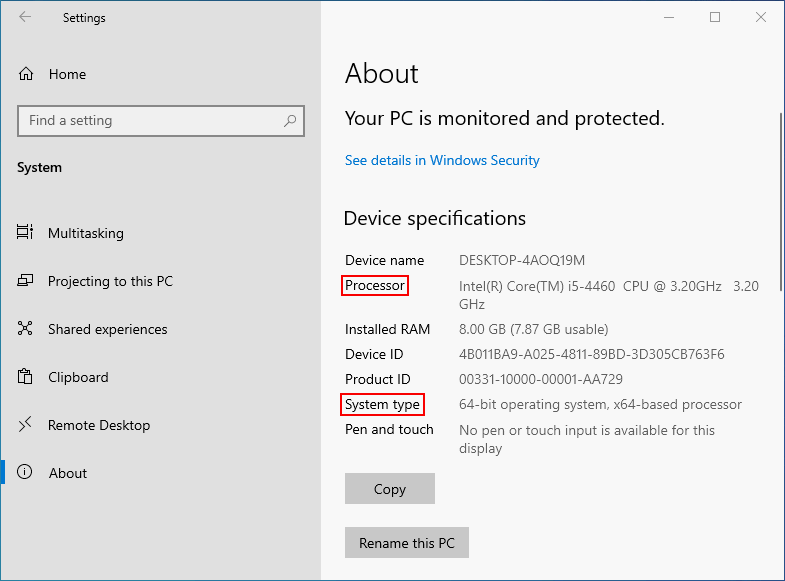

For the moment, Windows 10 (81.87%) remains the most popular by a long stretch.

Windows 11 Adoption RateĪdditional Lansweeper data research, focused on Windows 11 adoption rates revealed some interesting data, as only 2.61% of users have made the jump to Windows 11, a growth of 1.17% since April 2022. Although this does fall short of the Windows 10 end-of-life on October 14, 2025. If this growth continues, theoretically all devices should be Windows 11 compatible by 2026. The RAM requirement moved up every so slightly by 1.8%. The percentage of devices that meet the CPU and TPM requirements have gone up by roughly 12%. For virtual servers, again there are almost no TPM-enabled servers.Ĭompared to 2021, there are some good signs for Microsoft. TPMs on physical servers only passed the test 2.35% of the time, which means about 97% would fail to upgrade if Microsoft creates a server operating system with similar requirements in the future. Meaning that most VM workstations will need to be modified to get a vTPM before they can upgrade to Windows 11. This isn't completely a surprise, TPM has never been required for Windows and while TPM passthrough ( vTPM) exists in order to give virtual machines a TPM, it is rarely used. For TPM the news is grim, only 1.33% of all virtual workstations have TPM 2.0 enabled. CPU compatibility is slightly lower at 55.7% our research shows that only 67.1% has enough RAM. And while the majority passed the RAM test (92.85%), about 65% of the workstation TPMs tested met the requirements, while over 15% failed and 20% was not TPM compatible or did not have it enabled.įor virtual machine workstations, the forecast is less optimistic. Specifically, only 57.26% of CPUs for workstations tested met the system requirements for upgrading to Windows 11, while 42.74% did not. Lansweeper data based on an estimated 30 million Windows devices from 60,000 organizations reveals that on average, only 57.26% of the workstations are eligible to receive the automatic upgrade, while the rest would be ineligible. Additionally, future Windows 11 updates are not guaranteed if you do not meet the system requirements. While Microsoft changed its stance, allowing anyone to manually install Windows 11 regardless of the CPU, an automatic upgrade is only possible if three critical components of the computer - the CPU, the RAM, and the TPM - meet the requirements necessary to execute the upgrade. Our research shows that over 42% of workstations are not capable of being upgraded.

To roll out the new OS, they'll need a quick and cost-effective Windows 11 readiness check to identify machines that are eligible - and ineligible - for the upgrade. Since Microsoft announced Windows 11, IT teams managing IT Assets in large enterprises have been under pressure to devise a plan of attack.


 0 kommentar(er)
0 kommentar(er)
